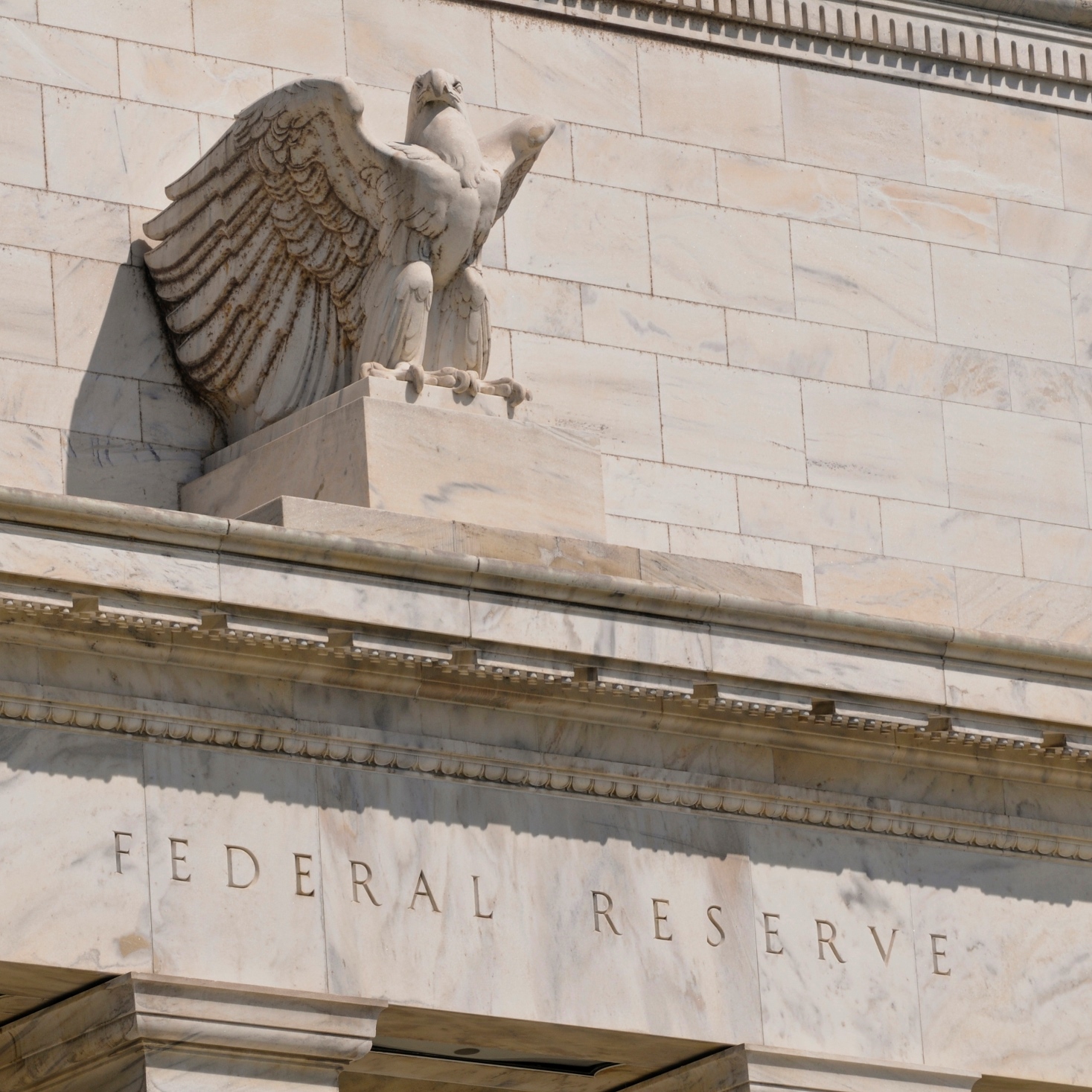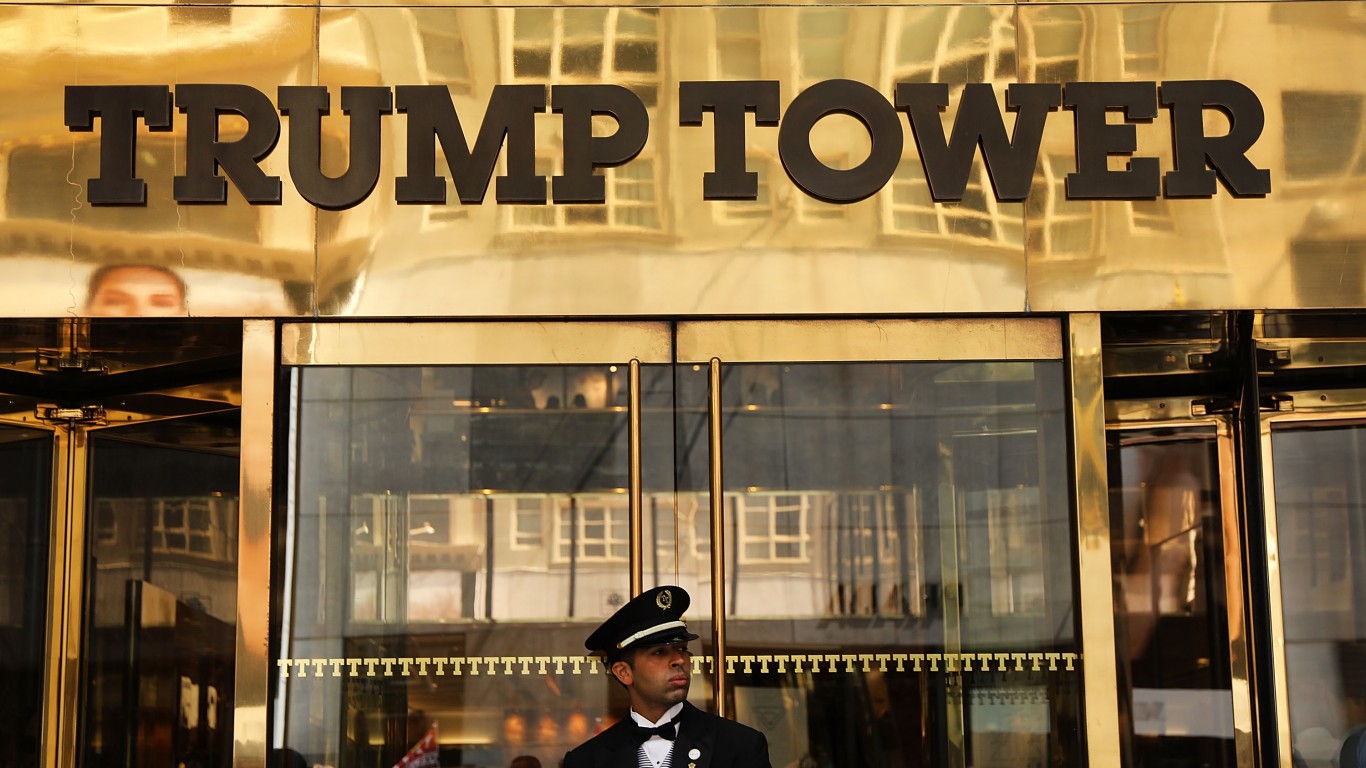
The Federal Reserve Bank of Chicago is of course a regional Fed branch, but the institution releases a national economic reading called the Chicago Fed National Activity Index (CFNAI). After a strong report in June, this index went substantially lower for July’s reading. Consensus estimates were calling for a reading of +0.22, and the expected range was -0.13 to +0.25. The index disappointed after June’s +0.16 reading, falling down to -0.01 in July. The 3 month moving average is now -0.05.
So what does this negative reading really mean?
The CFNAI is a monthly index that tracks overall economic activity and inflationary pressures. Also it is a weighted average of 85 existing monthly indicators of national economic activity. And the four broad categories are as follows: production and income; employment, unemployment, and hours; personal consumption and housing; and sales, orders, and inventories. This index was constructed to have an average value of zero and a standard deviation of one, and with growth being the norm through time, a positive index reading corresponds to growth above trend. A negative index reading is meant to imply that growth is below trend rather than showing an economy that is in outright contraction.
In terms of the breakdown, 42 of the 85 individual indicators made positive contributions to the CFNAI in July, while 43 made negative contributions. Forty indicators improved from June to July, while 45 indicators deteriorated. Out of the indicators that improved month to month, only 14 made negative contributions.
Some of the highlights from the report include:
- The contribution from production-related indicators to the CFNAI decreased to –0.02 in July from +0.03 in June.
- Employment-related indicators contributed +0.09 to the CFNAI in July, down from +0.13 in June.
- The contribution of the personal consumption and housing category edged up to –0.06 in July from -0.07 in June.
Are You Ahead, or Behind on Retirement?
If you’re one of the over 4 Million Americans set to retire this year, you may want to pay attention. Many people have worked their whole lives preparing to retire without ever knowing the answer to the most important question: am I ahead, or behind on my goals?
Don’t make the same mistake. It’s an easy question to answer. A quick conversation with a financial advisor can help you unpack your savings, spending, and goals for your money. With Zoe Financial’s free matching tool, you can connect with trusted financial advisors in minutes.
Why wait? Click here to get started today!
Thank you for reading! Have some feedback for us?
Contact the 24/7 Wall St. editorial team.




